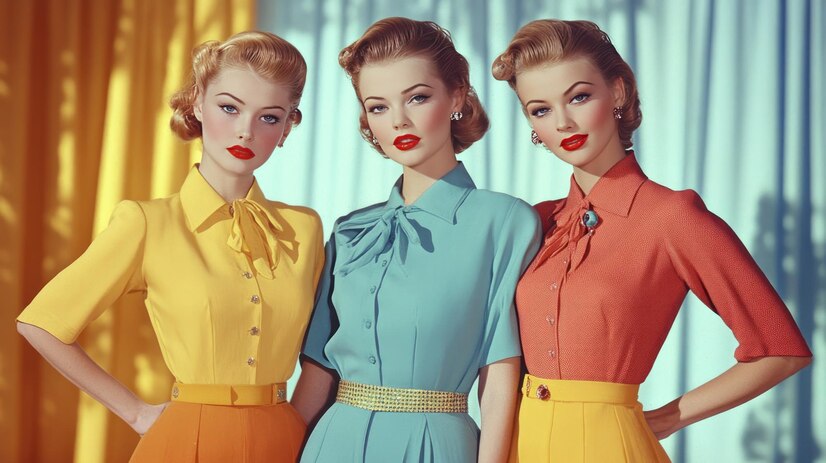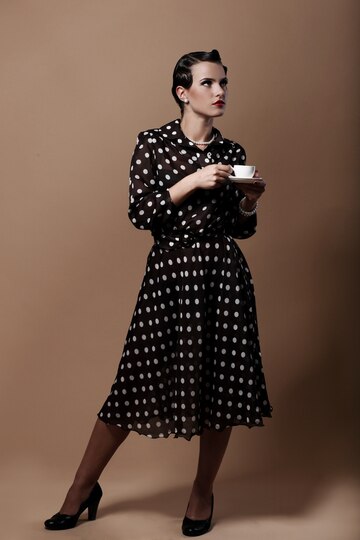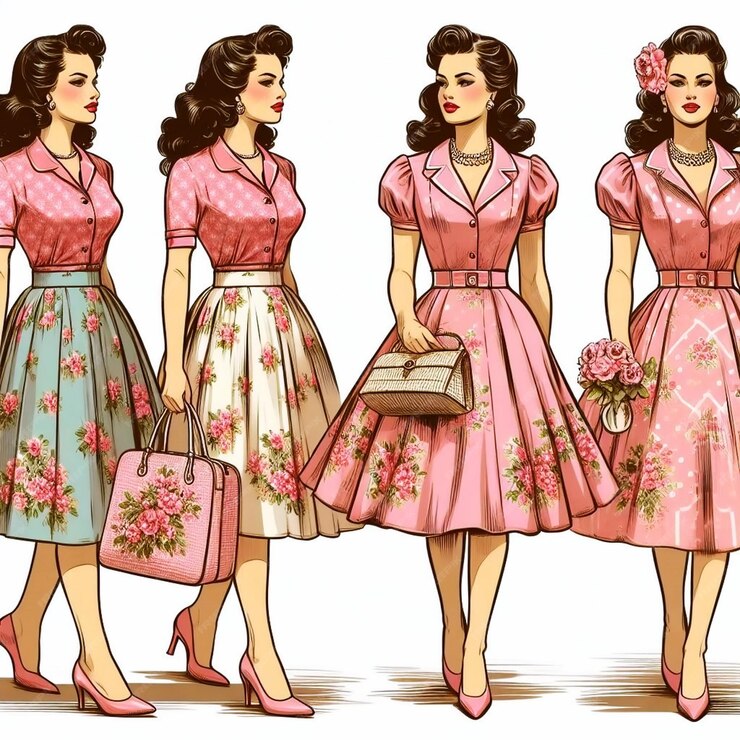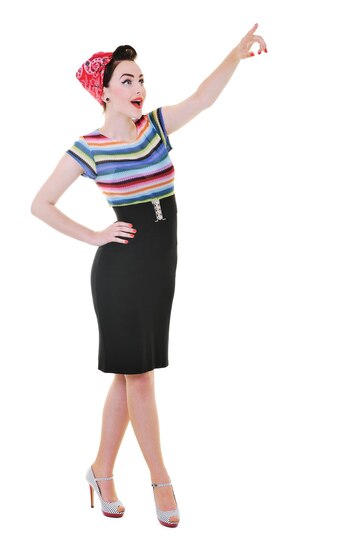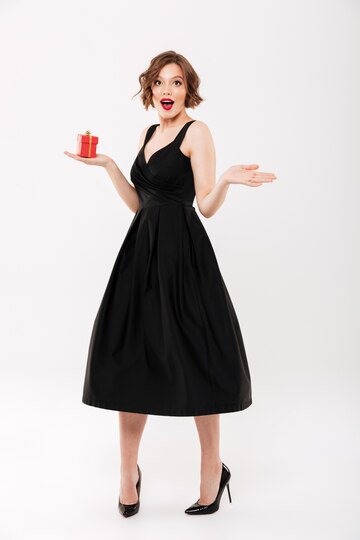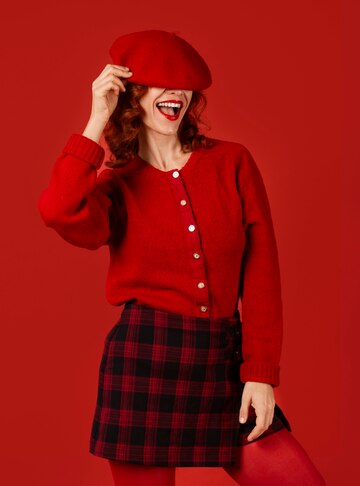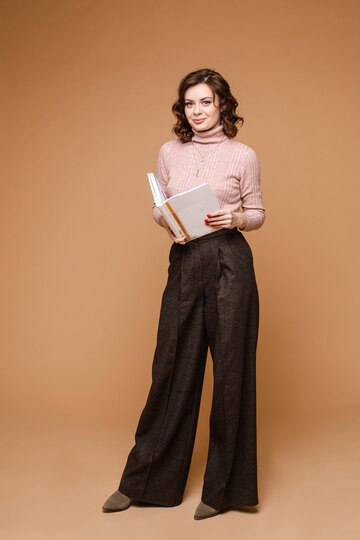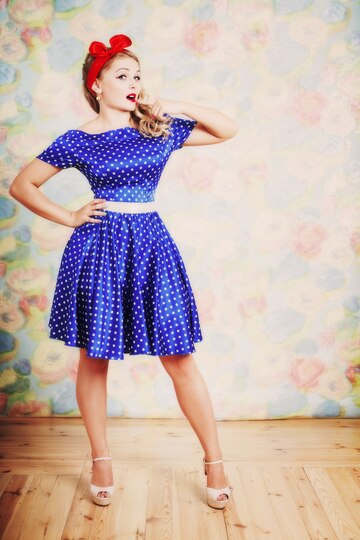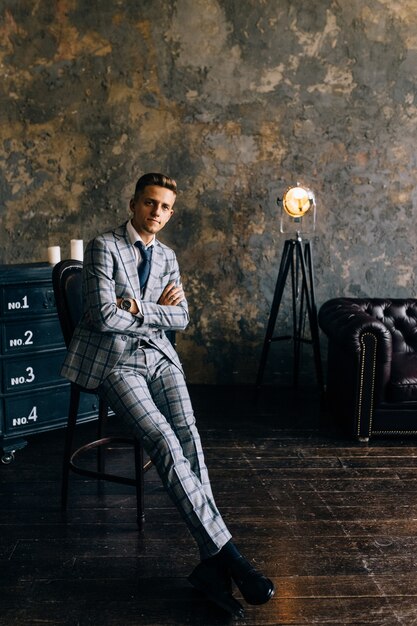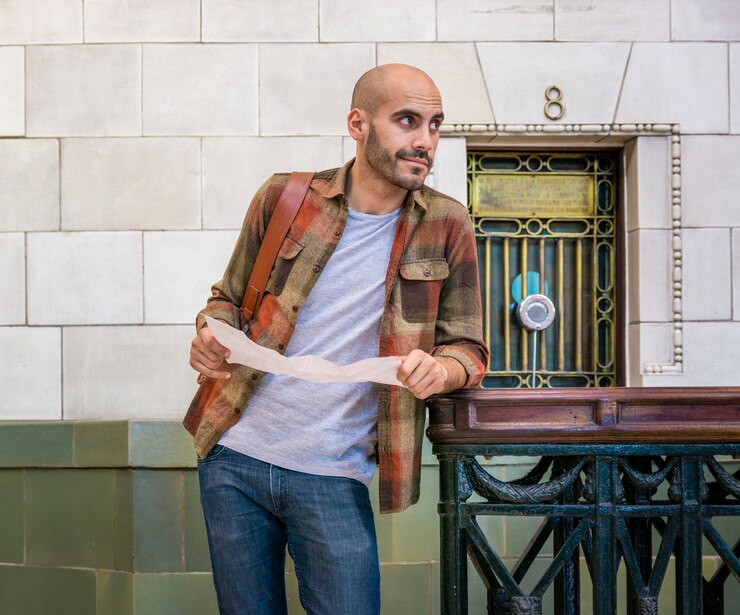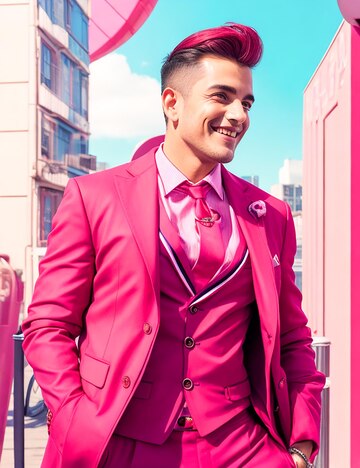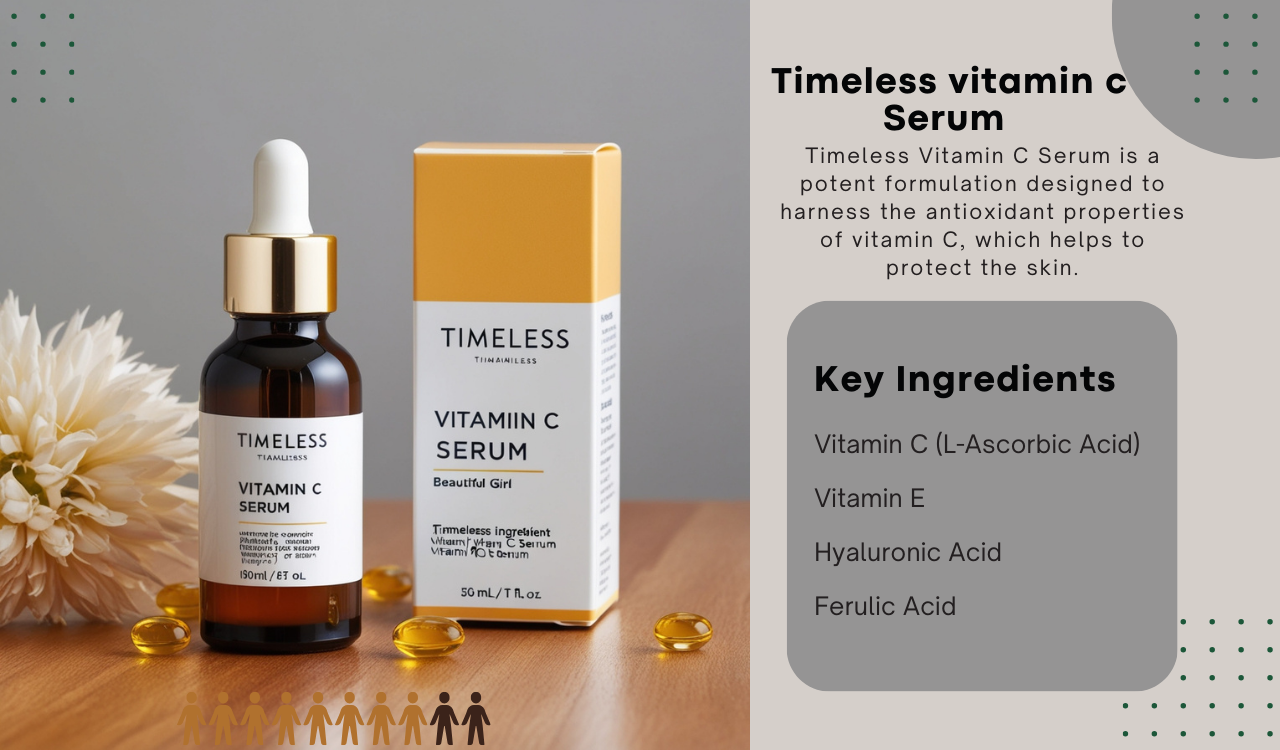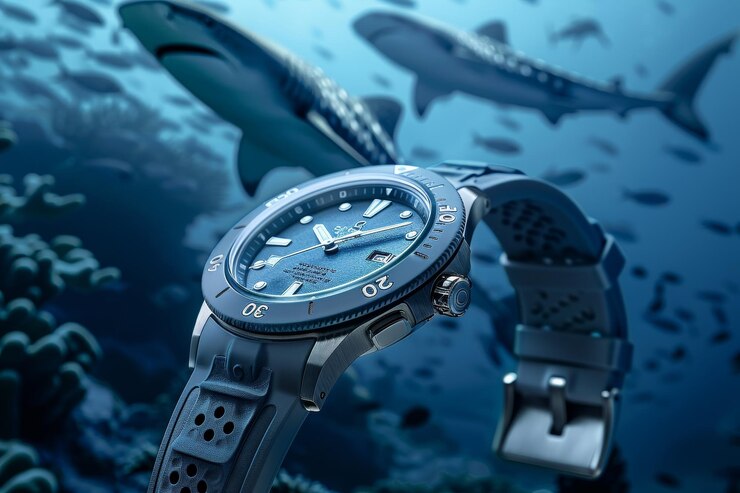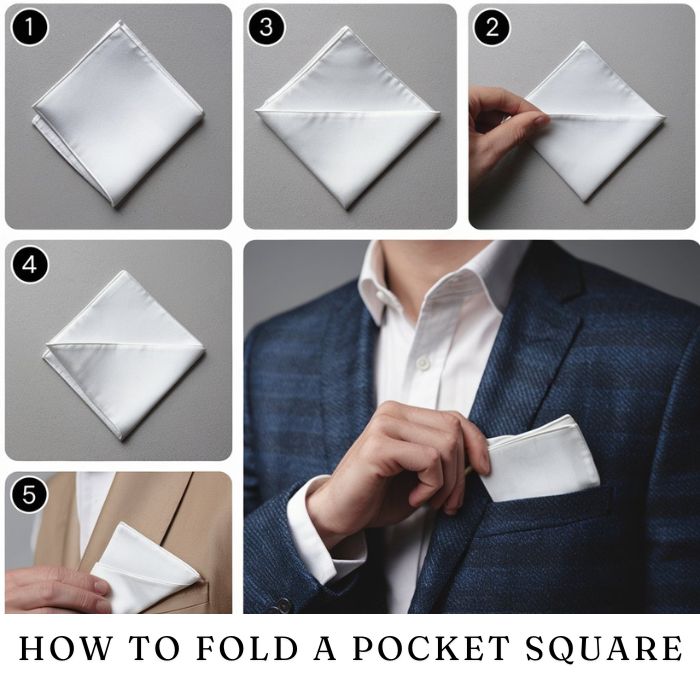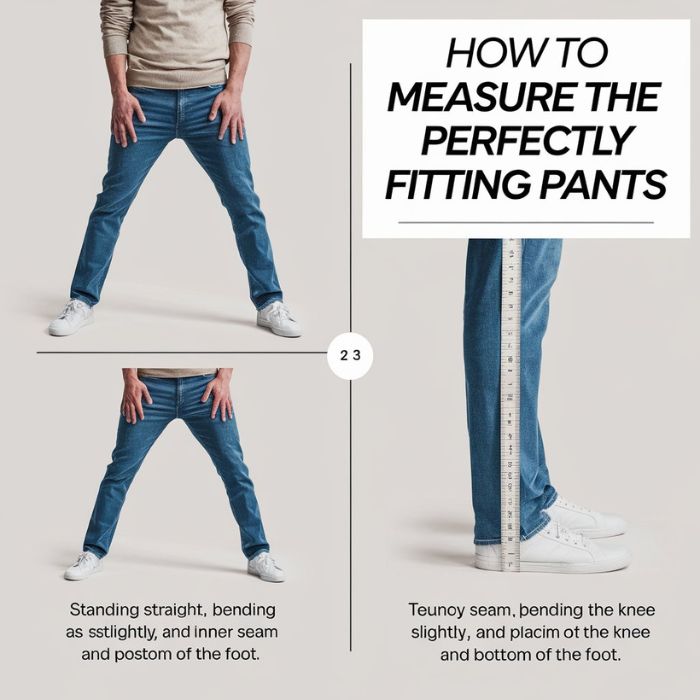The 1950s was a defining decade in fashion, marked by the return to traditional femininity and elegance following the austerity of World War II. As post-war prosperity spread across the Western world, particularly in the United States and Europe, fashion became a powerful expression of optimism, glamour, and a desire for a fresh start. This era was characterized by a mix of sophisticated, ultra-feminine styles and the beginnings of rebellious youth culture that would later define the 1960s.
From the iconic hourglass silhouette for women to the growing influence of teenage fashion, the 1950s left an indelible mark on the history of style. In this article, we’ll explore the key trends of 1950s fashion, the influence of designers like Christian Dior, and how the decade set the stage for modern fashion movements.
The Post-War Influence on 1950s Fashion
The end of World War II in 1945 signaled the beginning of a new era in fashion. The 1940s were dominated by rationing, practicality, and simplicity due to the wartime economy. Clothing was functional, and extravagant fabrics were scarce. However, the post-war boom brought with it new economic growth, and fashion designers were free to experiment with luxurious fabrics, bold cuts, and elaborate designs.
The 1950s represented a return to elegance and glamour, with designers focusing on opulent, structured clothing that emphasized the female form. It was a time of celebration—of newfound prosperity, peace, and the ability to indulge in fashion once again.
The New Look by Christian Dior
In 1947, Christian Dior revolutionized women’s fashion with his “New Look”, which continued to dominate the 1950s. His designs were marked by voluminous skirts, nipped-in waists, and full busts that created the classic hourglass silhouette. This hyper-feminine style emphasized a woman’s curves, contrasting sharply with the utilitarian styles of the 1940s.
Key features of Dior’s “New Look” included:
- Fitted bodices and corsets that cinched the waist
- Full skirts that fell just below the knee, often supported by petticoats to add volume
- Luxurious fabrics like silk, taffeta, and velvet
- Rounded shoulders and a smooth, feminine line
The New Look set the tone for the early 1950s and became the gold standard of haute couture for women, inspiring other designers to embrace similar styles.
Key Fashion Trends for Women in the 1950s
The 1950s saw a variety of iconic trends, many of which continue to influence fashion today. These trends emphasized elegance, femininity, and the celebration of the female form.
1. Hourglass Silhouette
One of the most defining features of 1950s women’s fashion was the emphasis on the hourglass figure. This was achieved through fitted bodices, narrow waists, and full skirts that flared out dramatically. Corsets, girdles, and waist-cinching belts were commonly used to create this look.
2. Full Skirts and Petticoats
Women’s skirts in the 1950s were wide and voluminous, often requiring petticoats or crinolines to maintain their shape. The fullness of the skirts added a sense of drama and elegance, while the use of luxurious fabrics like satin and silk gave the outfits a glamorous touch. These skirts were often paired with fitted tops or sweater sets to balance the look.
3. Pencil Skirts
While full skirts were immensely popular, the 1950s also saw the rise of the pencil skirt, which provided a sleeker, more tailored option. Pencil skirts were narrow and fitted, typically ending just below the knee, and were a staple in office wear and more formal settings.
4. Tea-Length Dresses
Tea-length dresses, which fell just above the ankle, were a popular style for both daywear and evening wear. These dresses often featured intricate details, such as lace or embroidery, and were ideal for formal occasions or afternoon tea parties. The length offered a balance between elegance and practicality.
5. Sweater Sets and Cardigans
For a more casual look, women in the 1950s often wore sweater sets—a matching sweater and cardigan combination, typically made from cashmere or wool. These sets were worn with skirts or trousers and became a symbol of refined yet relaxed style.
6. High-Waisted Trousers
While skirts and dresses dominated women’s fashion, trousers began to gain popularity as well, particularly for casual or leisure wear. High-waisted, wide-legged trousers offered comfort and practicality without sacrificing style. Paired with blouses or fitted tops, they created a more relaxed, everyday look.
7. Bold Patterns and Colors
Fashion in the 1950s wasn’t just about structure and elegance; it also embraced playful patterns and bold colors. Polka dots, stripes, florals, and gingham were popular patterns, while colors like pastels, bright reds, and deep blues added vibrancy to the wardrobe.
Men’s Fashion in the 1950s
While women’s fashion emphasized glamour and femininity, men’s fashion in the 1950s was centered on sophistication and sharp tailoring. The post-war period saw a return to classic styles, with men favoring well-tailored suits, formalwear, and polished looks.
1. The Business Suit
The gray flannel suit was the cornerstone of men’s fashion in the 1950s. This classic business suit, worn with a white shirt and tie, represented professionalism and social status. The suits featured narrow lapels, single-breasted jackets, and flat-front trousers, creating a streamlined and polished look.
2. Casual Wear
Outside of the office, men embraced more casual attire. Polo shirts, button-down shirts, and cardigans were popular for informal occasions. For leisure activities, men often wore pleated trousers paired with open-collar shirts or knit sweaters.
3. The Influence of Hollywood
Icons like James Dean and Marlon Brando influenced a more rebellious style that contrasted with the buttoned-up formality of traditional menswear. Leather jackets, jeans, and white T-shirts became a symbol of youthful rebellion and casual cool, laying the groundwork for future trends in men’s fashion.
The Rise of Teen Fashion and Youth Culture
The 1950s was the first time in history that teenagers became a distinct cultural group with their own identity, style, and tastes. This was largely due to the post-war economic boom, which gave young people more spending power and free time than previous generations.
Teen fashion during this time reflected a rebellion against the conservative styles of their parents. Boys adopted the greaser look, made famous by James Dean, while girls often wore poodle skirts, saddle shoes, and bobby socks—outfits that embodied a playful and youthful aesthetic.
The Influence of Hollywood on 1950s Fashion
Hollywood had a significant influence on the fashion of the 1950s, with movie stars becoming fashion icons for the masses. Actresses like Marilyn Monroe, Audrey Hepburn, and Grace Kelly were admired for their glamorous styles, which were emulated by women all over the world.
1. Marilyn Monroe
Marilyn Monroe’s bold, sexy style became synonymous with the 1950s. She popularized figure-hugging dresses, off-the-shoulder necklines, and plunging V-necks, all of which emphasized her curvy, hourglass figure.
2. Audrey Hepburn
In contrast to Monroe’s sultry style, Audrey Hepburn’s fashion choices exuded elegance and simplicity. Her iconic role in Breakfast at Tiffany’s popularized the little black dress, while her clean lines and minimalist wardrobe became the blueprint for timeless fashion.
3. Grace Kelly
Grace Kelly’s sophisticated, ladylike style became the epitome of grace and refinement. Her wardrobe was filled with A-line dresses, tailored suits, and elegant gowns, reflecting her royal status after becoming Princess of Monaco in 1956.
Conclusion
The 1950s was a decade of transformation in the fashion world, characterized by both a return to traditional elegance and the emergence of youth-driven rebellion. The influence of Christian Dior’s New Look, combined with the impact of Hollywood glamour and the rise of teen culture, made the 1950s a richly diverse period in fashion history. Whether through the hourglass silhouettes for women or the classic gray suits for men, the era set the stage for fashion trends that continue to inspire modern style.
FAQs
1. What was the most popular style for women in the 1950s?
The most popular style for women in the 1950s was the hourglass silhouette, characterized by cinched waists, full skirts, and fitted bodices, popularized by Christian Dior’s “New Look.”







